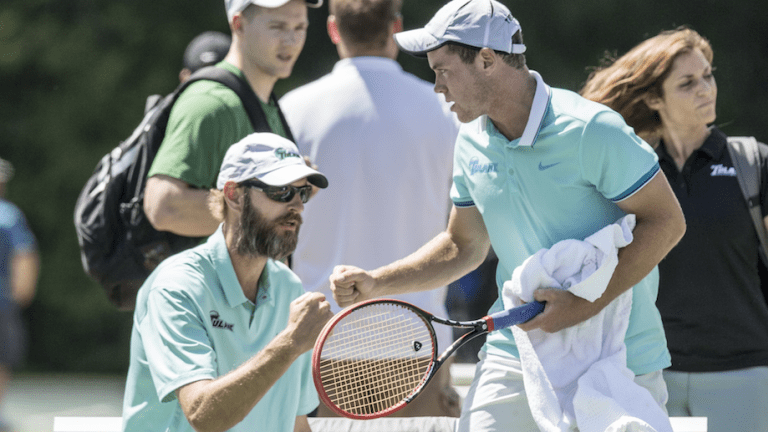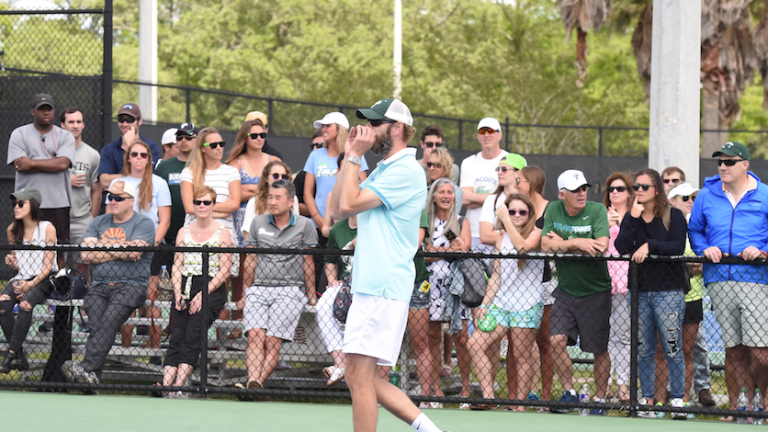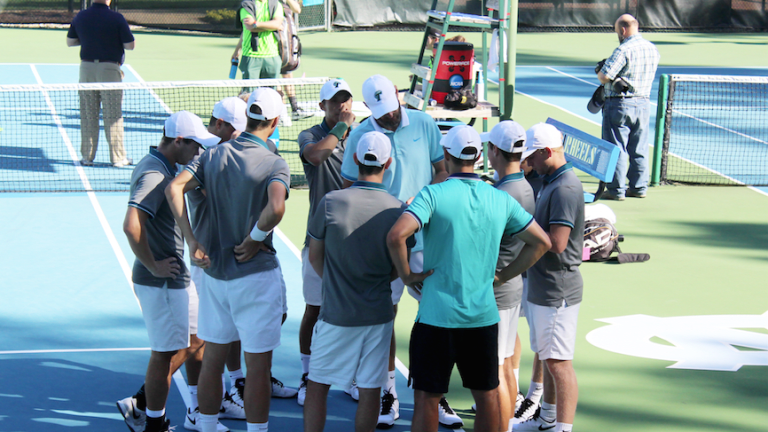There was no blueprint left behind for Mark Booras to follow when he accepted the job as head coach of the Tulane University men’s tennis team in 2008.
Following the catastrophic destruction caused by Hurricane Katrina in 2005, which displaced more than a million people in the Gulf Coast region, Booras was stepping in to rebuild a program that hadn’t played a match in three years. It was also a program steeped in success: Tulane won the NCAA Championship in 1959, claimed 18 Southeastern Conference team championships from 1939 to 1964, and five Conference USA titles from 1997 to 2005.
In 2005, Tulane was nationally ranked in the Top 20 and competing in its ninth consecutive NCAA tournament. Three years later, Booras was starting back at zero. He didn’t have any tennis balls, let alone players to fill his roster.
“We had to do everything we could just to find people to come and attend the school at first,” says Booras, who is now in his ninth year as head coach. “The image of New Orleans that people had was that the city was underwater, and that Tulane wouldn’t be a school again. We had to fight against that perception and tell our story of how the city and Tulane were rebuilding, and if a kid chose to be a part of this, they were going to be a part of something special.”
A year later, Tulane men’s tennis was back in action. With a lineup featuring nine freshmen—six of whom were walk-ons—the Green Wave went 3–16 for the season. Of course, they could have lost every match and it would still have been a successful year. Tulane had a team again, and simply competing was a necessary step on the long road to restoring the program’s legacy.



